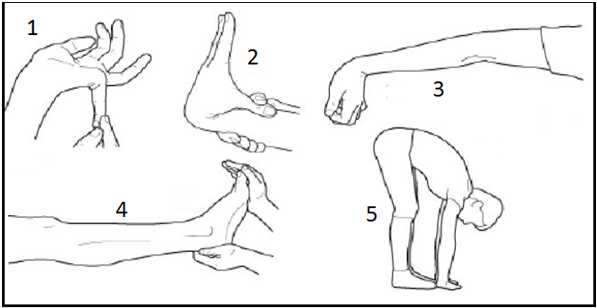Ligament Laxity - is this why your joints hurt?

Ligaments are fibrous tissues that help connect one bone to another. But what on earth is ligament laxity, and why is it causing you pain?
Generally speaking, flexibility in the body is considered a good thing. You can move your arms and legs within an arc without inhibition.
But like everything to do with the human body, there is such a thing as too much.
Have you met someone who can bend their thumb as though they are manifesting free will? That is ligament laxity.
The ligamets surrounding the joints around the thumb are more flexible than perhaps you and I, and hence they can do this.
But besides providing showing off skills, it has a darker side.
Ligament laxity is not limited to your thumb. If you have it, you are likely to have it all over your body.
Doing so increases your risk of injuring your knees, shoulders, and other joints. The logic is simple. The ligament is there to create something called structural integrity.
Structural integrity allows your body to bend and move when required but also creates sufficient tension, preventing it from bending too much.
To use a dramatic example, imagine if you could bend your head backward and your neck offered no resistance. Your head would flop back, making for a strange sight.
Athletes who are constantly stretching and pushing boundaries are even more at risk. Pulling and pushing their joints each time they move to throw, catch, bend, or push.
You and I are not risk-free.
You can injure your shoulder as you reach up to grab something. Perhaps even more if your muscles and bones are weak.
So how would you know if you have ligament laxity? Well, there is a score known as the Beighton score that can be used to test. Using a standardised scale, it can tell you how much is too much.
So the next time you see someone showing off their thumb-bending skills, tell them about ligament laxity.
Reach out to me on twitter @rbawri Instagram @riteshbawriofficial and YouTube at www.youtube.com/breatheagain






